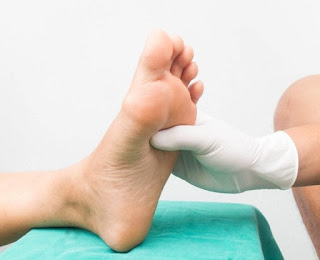OXYTROPIS: A REMEDY FOR STAGGERING GAIT

OXYTROPIS BOTANICAL NAME: Oxytropis Lamberti Linn. FAMILY: Papilioanceae COMMON NAMES: English: Locoweed. DESCRIPTION: A tufted perennial herb with strong tap root and several 10 to 50 cm tall erect scapes bearing spike. Leafletes usually ascending linera to narrowly oblong. Flowers purple color. Fruit a pod. DISTRIBUTION: U.S.A PART USED: Whole plant excluding root. HOMOEOPATHIC USES LOCOMOTOR ATAXIA: Staggering gait. Loss of co-ordination. Patellar tendon reflex lost. Trembling. Walks backwards. Congestion of spine. Great mental depression. Symptoms worse when thinking of them. INCONTINENCE: Urging to urinate when thinking of it. Profuse flow. Pain in kidneys , worse at night. POTENCY: Third potency and higher.







